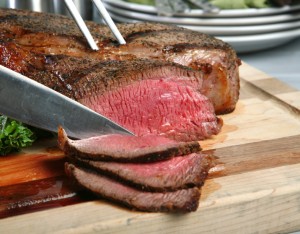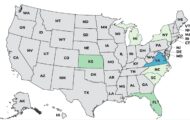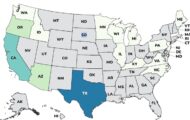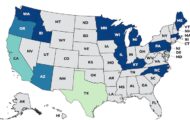Whenever you order a steak in a restaurant, you are asked how you would like it cooked. I always order mine medium. But first I ask the server if the steak has been mechanically or blade tenderized.
 A new study in the March 2013 issue of Journal of Food Protection confirms what we have been reporting for some time now: that blade tenderized or mechanically tenderized steak presents a public health risk unless they are cooked well-done, or at least 160 degrees F. The blades or needles used in this process easily transfer bacteria from the surface of the steak all the way through it. Then when the steak is cooked less than well-done, you are eating live bacteria. That’s not appetizing. And it’s not safe.
A new study in the March 2013 issue of Journal of Food Protection confirms what we have been reporting for some time now: that blade tenderized or mechanically tenderized steak presents a public health risk unless they are cooked well-done, or at least 160 degrees F. The blades or needles used in this process easily transfer bacteria from the surface of the steak all the way through it. Then when the steak is cooked less than well-done, you are eating live bacteria. That’s not appetizing. And it’s not safe.
According to the study, boneless beef ribeye was inoculated on the surface with a ca. 5.7 log of a five-strain cocktail of E. coli 0157:H7. This is equal to 1,00,000 cells of bacteria. The steaks were then passed through a mechanical tenderizer with the contaminated side facing up. The beef was broiled at 260 degrees C (500 degrees F) for 15 minutes, then cooked in the oven at 121.1 degrees C (250 degrees F) to internal temperatures of 37.8 (100 F), 48.9 (120 F), 60.0 (140 F), and 71.1 (160 F) degrees C before being held in an oven maintained at 60 degrees C (140 degrees F) for up to eight hours.
After the initial broiling, the bacterial levels inside the steak decreased by ca. 1.0 log CFU/g. After cooking to temperatures of 37.8 to 71.1 degrees C (100 to 160 degrees F), levels were further reduced by 2.7 to 4.0 log CFU/g. But during warm holding, pathogen levels increased over the first two hours. They then decreased over the next six hours.
To achieve a 5.0-log reduction of the E. coli bacteria in mechanically tenderized prime rib, the steaks need to be seared at 260 degrees C for 15 minutes, cooked to at least 48.9 degrees C (120 degrees F), then held at 60.0 degrees C for at least eight hours. In other words, the steak should be cooked to at least medium, then held in a warming oven for up to 8 hours to reduce the pathogenic bacteria levels by 10,000 to 100,000 cells throughout the meat.
But is that the way prime rib and prime rib steaks are cooked in restaurants? Food safety experts say that steaks should be cooked to a minimum of 140 degrees F, which is medium to medium well done. The authors conclude that better restaurant cooking protocols for mechanically-tenderized beef should be required. As for me, I’ll continue to ask if the steak is tenderized, and if it is, I’ll order something else.




